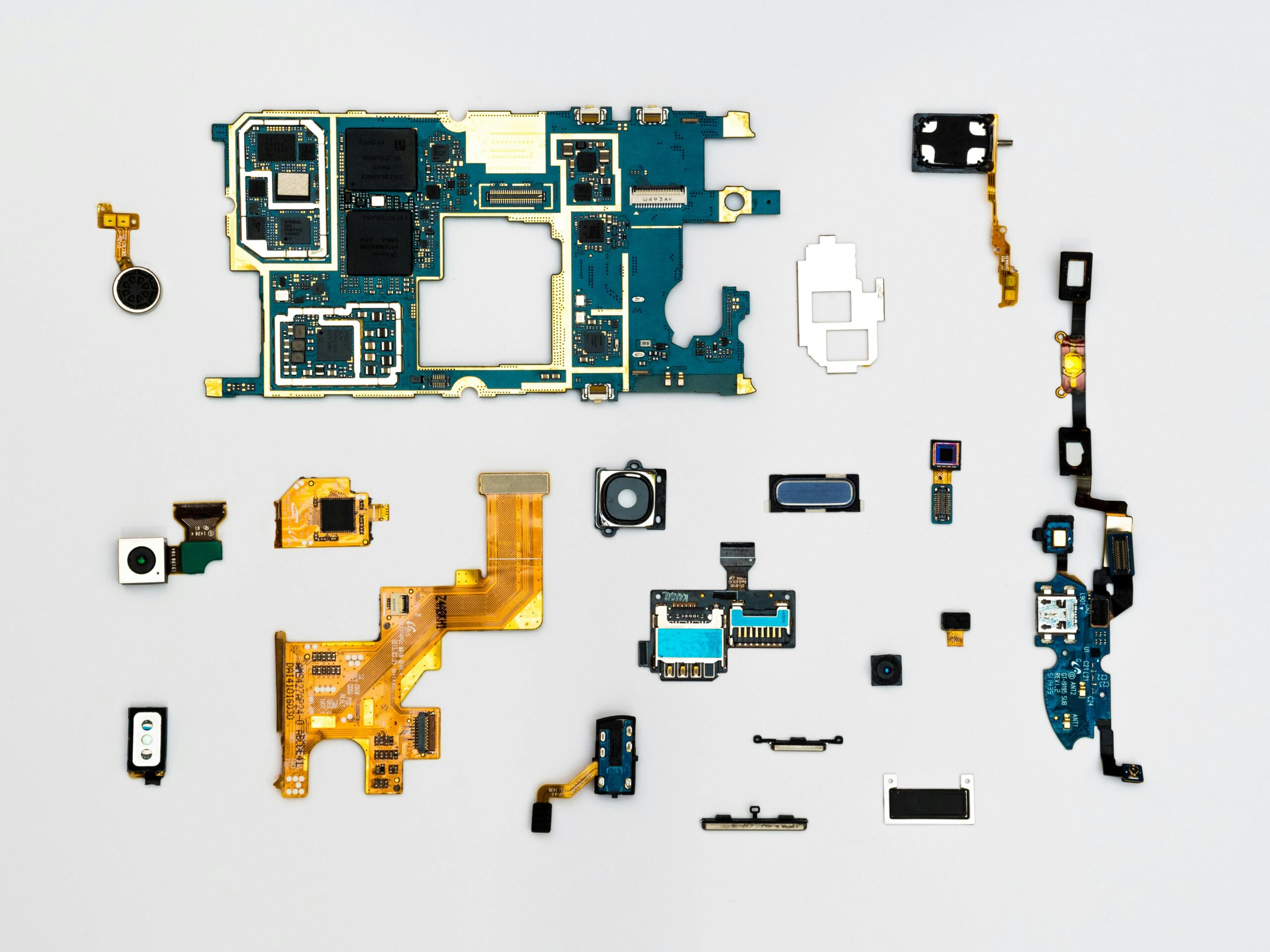
In the era of the Internet of Things (IoT), cybersecurity has become increasingly critical in safeguarding connected devices and networks from evolving threats and vulnerabilities.
According to a study by Gartner, it’s estimated that by 2025, there will be over 75 billion connected devices worldwide, amplifying the potential attack surface for cybercriminals.
This statistic underscores the urgent need for robust cybersecurity measures to mitigate the risks posed by IoT devices, which often lack adequate security features and are vulnerable to exploitation.
Understanding IoT Security Challenges
The proliferation of IoT devices across various sectors, including healthcare, manufacturing, transportation, and smart homes, has introduced new cybersecurity challenges and complexities. Many IoT devices are designed with limited computing resources and may prioritize functionality over security, making them susceptible to exploitation by malicious actors. Common IoT security vulnerabilities include weak authentication mechanisms, unencrypted communication channels, outdated firmware, and lack of security updates, leaving devices and networks vulnerable to unauthorized access, data breaches, and cyberattacks.
Risks of IoT Cyberattacks
Cyberattacks targeting IoT devices can have far-reaching consequences, ranging from compromising data privacy and integrity to disrupting critical infrastructure and services. In recent years, there have been numerous incidents of IoT-related cyberattacks, such as distributed denial-of-service (DDoS) attacks leveraging botnets of compromised IoT devices, ransomware attacks targeting connected healthcare devices, and unauthorized access to smart home systems. These attacks highlight the potential for IoT devices to be exploited as entry points for cybercriminals to infiltrate networks and launch malicious activities.
Securing the IoT Ecosystem
Securing the IoT ecosystem requires a multi-layered approach that addresses vulnerabilities at the device, network, and application levels. Manufacturers must prioritize security by design principles, incorporating robust security features, encryption mechanisms, and secure boot processes into IoT devices from the outset. Additionally, organizations should implement network segmentation, access controls, and intrusion detection systems to monitor and protect IoT deployments from unauthorized access and malicious activities.
Furthermore, regular security assessments, vulnerability scanning, and patch management are essential for identifying and addressing security flaws in IoT devices and systems. Strong authentication mechanisms, such as multi-factor authentication and biometric verification, should be implemented to verify the identity of users and devices accessing IoT networks. Moreover, ongoing security awareness training and education programs are critical for educating users and stakeholders about IoT security best practices and the potential risks of IoT-related cyber threats.
Collaboration and Industry Standard
Addressing the complex cybersecurity challenges of the IoT era requires collaboration among industry stakeholders, governments, and regulatory bodies to develop and enforce cybersecurity standards, guidelines, and regulations. Industry consortia and standards organizations, such as the Internet Engineering Task Force (IETF), the Institute of Electrical and Electronics Engineers (IEEE), and the International Organization for Standardization (ISO), play a vital role in establishing best practices and frameworks for IoT security.
Conclusion
In conclusion, cybersecurity is paramount in the Internet of Things (IoT) era to address vulnerabilities and threats posed by connected devices and networks. At Coding Brains, we recognize the importance of cybersecurity in IoT deployments and are committed to developing innovative solutions that enhance the security and resilience of IoT ecosystems. Through our expertise in software development and cybersecurity, we aim to empower organizations to harness the benefits of IoT technologies while mitigating the risks of cyberattacks and safeguarding sensitive data.


Leave a Reply